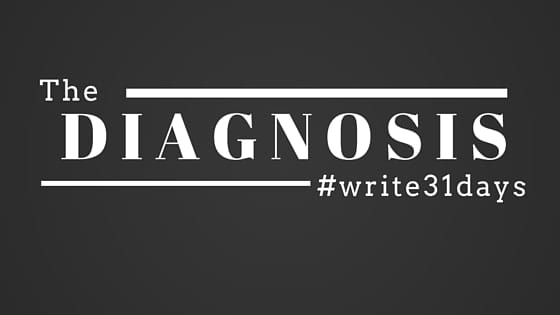Outpatient Clinic, the sign read. I took a deep breath, opened the door, and resigned myself to the experience ahead. A day earlier, I had walked into a hospital and asked for help. It was now time for that help to begin. Acute outpatient program is the precise term. It is a substantial commitment of 3 hours per day, 3 times a week for a typical duration of 6 weeks. I arrived early that first day, as instructed, to complete the necessary forms and evaluations. By this point I had developed a fairly concise version of my story. and I dutifully recited the words while my mind grappled with the reality that I was here. At an outpatient mental health facility. For real.
With my assessment from the previous day and an interview with the nurse and intake therapist, I received my official diagnosis. Generalized Anxiety Disorder (GAD). This is what the National Institute of Mental Health has to say about GAD.
People with GAD can’t seem to get rid of their concerns, even though they usually realize that their anxiety is more intense than the situation warrants. They can’t relax, startle easily, and have difficulty concentrating. Often they have trouble falling asleep or staying asleep. Physical symptoms that often accompany the anxiety include fatigue, headaches, muscle tension, muscle aches, difficulty swallowing, trembling, twitching, irritability, sweating, nausea, lightheadedness, having to go to the bathroom frequently, feeling out of breath, and hot flashes.
GAD develops slowly. It often starts during the teen years or young adulthood. Symptoms may get better or worse at different times, and often are worse during times of stress.
So there it was – typed neatly in black and white for all to see. A diagnosis and a treatment plan. Over the next 6 weeks I was assigned the following goals in addition to group therapy and seeing the doctor each week:
Laura F.
Generalized Anxiety Disorder
1) Identify 3-5 unrealistic “shoulds” or unrealistic expectations that increase anxiety and create challenges for each.
2) Discuss the impact of perfectionism on your anxiety and identify 3-5 ways you can address perfectionistic thinking.
Um. Ok. I signed the treatment plan, attached my nametag to my shirt, clutched my standard issue blue folder and warily took my first step into Group Therapy Room 3. The room looked more like a corporate board room than a therapy room, complete with the large table circled by chairs. The color of the walls was a ghastly dark gray and the closed blinds a fashion faux-pas shade of hunter green. There was a whiteboard on the front wall and an eclectic group of people around the table ranging from teens to seniors. I looked for the friendliest face in the bunch and sat down. A dutiful student always, my notebook opened, my pen readied, and I prepared to do whatever it took to get my life back on track. I just didn’t realize that the only way out would be through.
Join me tomorrow (Day 12) to learn what really happens in group therapy and the hard truth that hit me the first day.
 This series is not a tidy story of a fairy tale life. It is messy and truthful. For 31 days, I will share pieces of my journey, practical coping techniques for dealing with anxiety, spiritual insights, emotional struggles, and a whole lot of other. I will likely jump from here to there as the Spirit leads. I invite you along as I share my experience, my strength, and my hope. Thank you for being part of this journey with me. Together, we shall seek the still.
This series is not a tidy story of a fairy tale life. It is messy and truthful. For 31 days, I will share pieces of my journey, practical coping techniques for dealing with anxiety, spiritual insights, emotional struggles, and a whole lot of other. I will likely jump from here to there as the Spirit leads. I invite you along as I share my experience, my strength, and my hope. Thank you for being part of this journey with me. Together, we shall seek the still.




![[Podcast] Will you Choose Fear or Faith?](https://seekingthestill.com/wp-content/uploads/2018/03/podcast.jpeg)